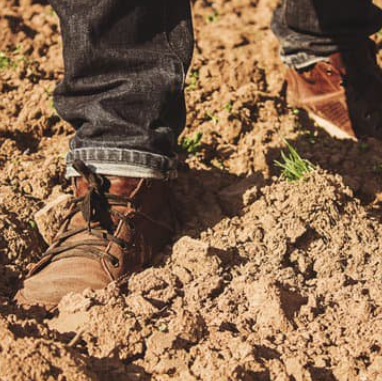
Wildflower Growing Guide
Wildflower gardens are a popular and easy choice among gardeners who enjoy an easy-to-care for, simple, one-with-nature look. Wildflowers offer many benefits , such as attracting birds, bees and butterflies. However, to allow wildflowers to thrive in the garden, you must ask yourself some questions:
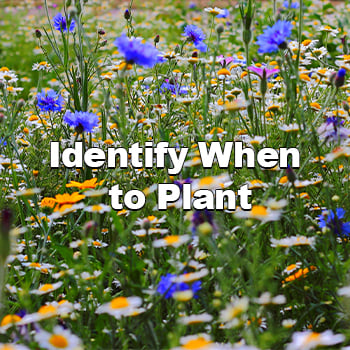
1. When is the right time to plant?
One important thing to consider when finding the right time to plant your wildflowers is: what climate is your area?
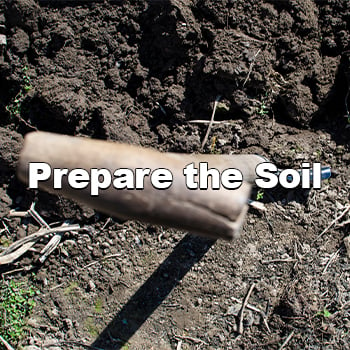
2. How do you prepare the soil?
Start preparing your soil by clearing out existing vegetation and things that could inhibit growth.
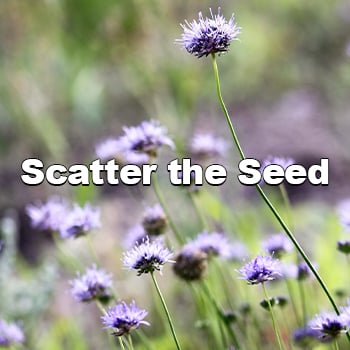
3. How and when do you scatter the seed?
Remember to check the weather and soil temperature when timing out your planting.
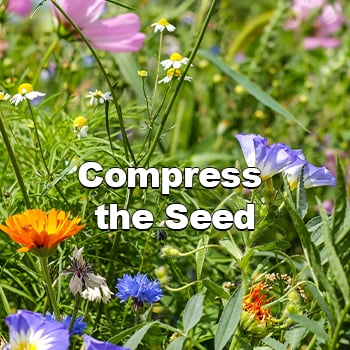
4. How do you compress the seed?
Press in the seed, but make sure that the soil is not covering it.

5. How often should you water?
Keep the soil moist until the seedlings have established, then you can let Mother Nature handle it.
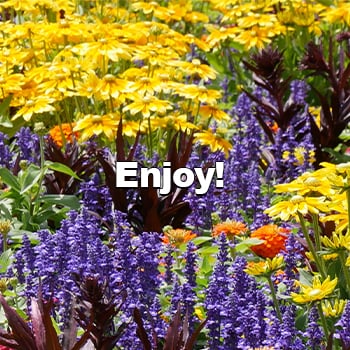
6. How do you take care of wildflowers?
Watch your blooms grow and maintain them so that they can be enjoyed all season long.

1. When is the right time to plant?
The important things to consider when figuring out the right time to plant wildflowers in your area is what type of climate do you live in and when are you wanting to plant?
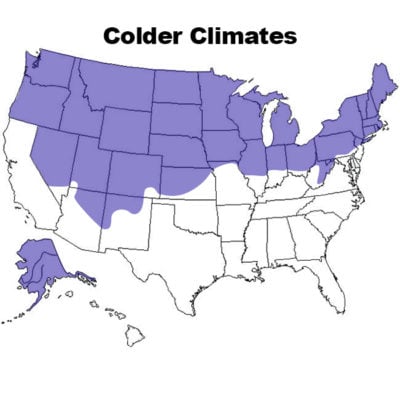
Colder Climates
If you live in a colder climate that experiences freezing temperatures, you will need to wait until the last frost has passed as even as late spring frosts can kill off seedlings and young plants. After the danger of frost has passed, wait until the soil temperature warms up to a minimum of 55℉.
However, if you are wanting to plant in the fall, make sure that the soil temperature is 45℉ or below so that the seeds will not germinate right away.
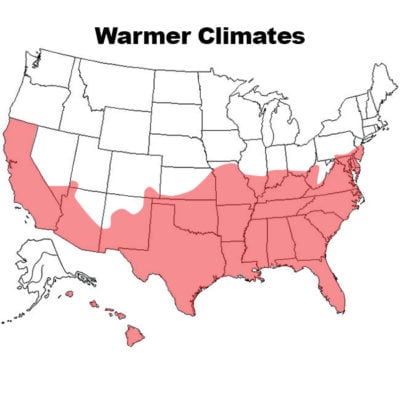
Warmer Climates
If you live in a warmer area that experiences heat waves and drought during the summer, plant your wildflowers early spring. This will ensure that the wildflowers can establish under stress-free conditions.
When sowing in the fall, make sure to plant 60-90 days before the first frost. If your area does not get frosts, you can winter sow your seeds in January or February.

2. How do you prepare the soil?
Wildflowers are pretty adaptable and can grow practically anywhere. The only requirements for successfully growing wildflowers is that they are planted in an area that gets at least 6 hours of sunlight and that it has good drainage.
Most soil types are perfect for growing wildflowers as they can thrive anywhere. However, if you soil is full of heavy clay, you can add sand to loosen it up. If your soil is too sandy, then add compost to make it thicker. The rule of thumb for wildflowers is that if the area can grow weeds or grass, it will be able to grow wildflowers.
Preparing your planting area can make all the difference when it comes to germination and growth. Soil that has been rid of weeds and debris makes for more room for blooming flowers. It is important to remove these things as they can compete with the wildflower seedlings and steal the available nutrients and water. When it comes to clearing out your soil, there are a few options:
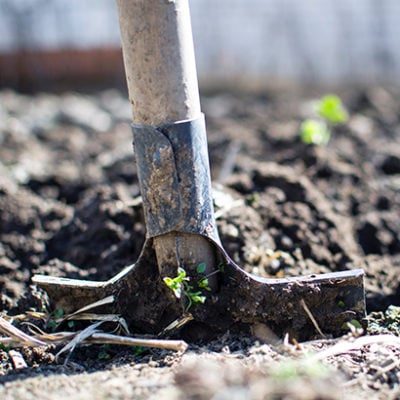
Tilling
For bigger areas, use a tiller to break up the ground and remove old roots. This method allows the soil to open up to create a soft space for the seedings. You should till over your area a 2-3 times with a couple of weeks between each time. However, do not go any deeper than about 6 inches, as the deeper you go the more of a chance that weed seeds will be pushed to the surface and sprout.
For smaller areas, you can use hand tools such as a shovel or rake. If you are wanting to plant in any space immediately, tilling, whether by hand or using equipment, is the best option.
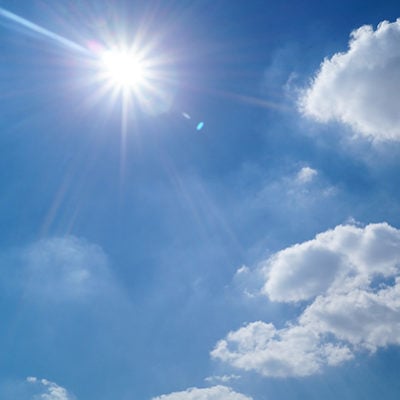
Solarizing
Sometimes it is best to just leave it up to Mother Nature! This method is best to do a few months in advance. It is done by laying a clear plastic sheet over your soil. This will trap in heat from the sunlight that will kill off any existing vegetation.
You can also smother the space by laying down a large tarp or blanket for a few weeks in order to trap in warmth and cut off sunlight. This method will also create a good environment for worms to eat the dying plant growth.
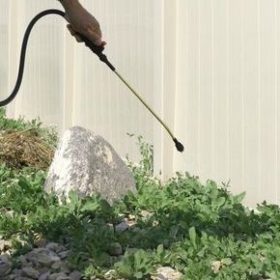
Natural Herbicides
If you are really struggling with pesky weeds or are just preparing your soil way in advance, you may want to turn to a natural herbicide. However, be aware that this method will kill off anything that come in contact with the herbicide.
If the problem is not weeds, but grass, reach for natural herbicides that are for controlling monocots.

3. How and when do you scatter the seed?
When it comes to wildflowers, the actual planting part is the easiest. However, there are some things that need to be considered before you decide to plant wildflowers:
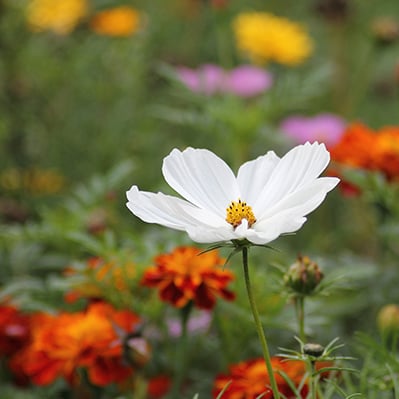
Choosing the Seed
Most wildflower seeds come in pre-mixed packets, but if not, you can get three or four different kinds and mix them together yourself. You want to make sure that the seeds are native or are suited for the area that you are planting them in. Native plants are more resistant to pests and diseases.
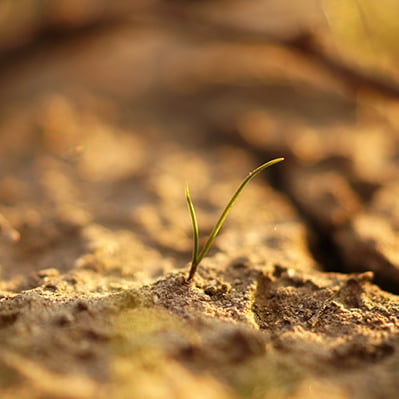
Soil Temperature
Once the last frost has passed or it’s early enough to plant before the summer heat waves arrive, check in on the soil temperature. Seeds are unlikely to sprout until the soil has warmed up. Even if the air has warmed up, the soil temperature might still be cold as it takes longer to change temperatures.
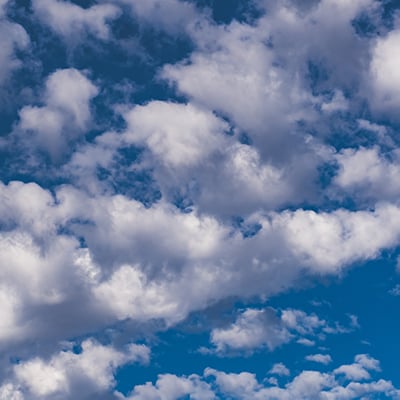
Weather and Time of Day
Another thing to consider when planting is the weather and time of day. The time of day that you choose will make all the difference on a particularly hot or sunny day since it could be hard to keep the soil moist. If you are only able to plant during a hot or sunny day, you should water the soil where you want to plant before you scatter the seeds and make sure to water the day after as well. Sometimes, planting at night proves to be a good option so that the sun does not dry out the soil. You also want to keep an eye out for high winds and heavy rain as they can easily wash away your seeds.
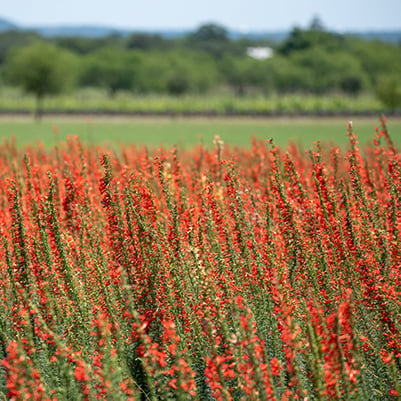
How much seed?
Unlike the popular opinion of more means more, more seed does not necessarily mean more flowers. As tempting as it might be to plant as much seed as possible, seeds that are sown too densely can inhibit or take away from growth. To calculate how much seed you actually need, use 4-6 pounds per acre or 60-70 seeds per square foot.
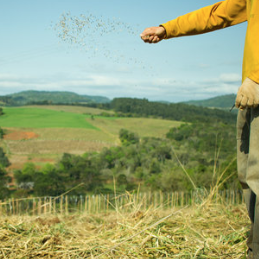
Sand Sowing Method
When sowing your wildflower seeds, it is a good idea to mix them in with sand as it will help to see where you have scattered the seeds, but also will help it spread more easily rather than in clumps.
To do this method, add your seeds to a bucket or small container. Next, add about eight parts dry sand to one part seed (for example, 8 cups of sand to 1 cup of seed.) Once it is mixed up, test it out and start scattering it evenly across your soil.

4. How do you compress the seed?
Now that you have scattered your seed, it is crucial that the seeds are compressed into the soil so that they can germinate. If they do not have good seed to soil contact, wind, water and heavy rain can sweep them away.
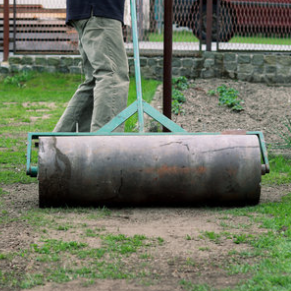
Compression Methods
There are different methods for compressing your seeds, but they all end up with the same result. It all just factors down to the size of your planting area.
For smaller areas, you can just press the seeds into the soil with your feet. For col-md-sized areas, you can lay down a piece of cardboard over the soil and walk on top of it. However, for larger areas like a meadow, a seed roller is your best option.
Make sure that you do not completely cover the wildflower seeds as they need the sunlight in order to germinate. Planting wildflowers is different from other seeds, like vegetables that are planted in small holes. Even though they are left uncovered, the wildflower seeds will begin to germinate and grow before any birds or wildlife are able to make a dent in it. However, if you are worried about birds, you can place a thin layer of straw over you seeds.

5. How often should you water?
Wildflowers are pretty low maintenance, but in order for germination to occur, they must remain moist. Keep the soil and seedlings damp until they establish, which is usually after 4 to 6 weeks.
Once the wildflowers are established, you can just let Mother Nature take care of the watering unless you are in a dry, very sunny area, then make sure that your wildflowers get an adequate amount of water by either using a hose or a sprinkling system.
If you choose to plant in the fall, the weather might provide a better watering schedule for your wildflowers.

6. How do you take care of wildflowers?
Now is the fun part, you get to sit back and enjoy watching your bloom pop up! Within weeks you should be able to see growth that will soon develop into beautiful, colorful flowers. If you are unclear about what you are seeing popping up, you can always look at a wildflower identification guide or a local weed guide to figure out what is growing.
Wildflowers are sufficient on their own once they start growing. However, in order to get the most out of your wildflower garden, there are some things you can do to make sure it lasts as long as possible.
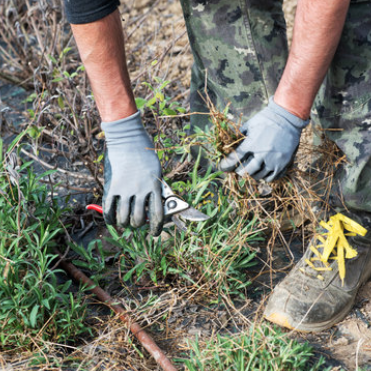
Control Weeds
When weeds take over, they can start to compete with your wildflowers or damage them. To control the weeds without hurting your wildflowers, take scissors to them as close to the root as possible every few weeks. Since wildflowers attract many different types of pollinators, it is recommended not to use herbicides or chemical sprays as that can affect both the beneficial insects as well as the plants.
Sometimes it can be tough to tell the difference between what is a weed and what is a wildflower. To counteract this, plant a few seeds of each wildflower variety in a pot and as they grow, you can see what the seedlings look like so you don’t pull or cut them when weeding your garden.
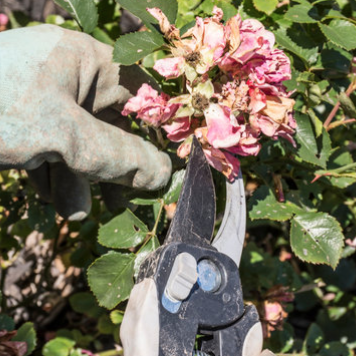
Deadheading
In order to keep your wildflowers looking fresh, deadheading is a crucial step. Cutting back dead blooms allows for new growth as it sends a signal to the plant that it needs to focus its energy on producing more blooms.
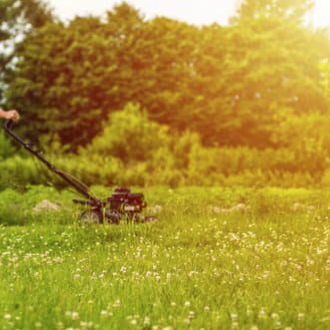
End of Season Mowing
At the end of the season once frost has appeared, it is time to mow down your wildflowers. Make sure that your flowers have all ripened and dropped their seeds, then take a mower or weed trimmer over the whole area. The debris from the mowing will act as feed for the soil so that it can be ready for next season.
If you choose to not mow your wildflowers, you can leave them up to be a habitat for wildlife. If you do this, make sure that you mow the area down every other year so that other plant seedlings do not take over.
Urban Farmer carries a large variety of wildflower seeds for a wide range of geographic locations, growing conditions and custom blends.
To learn more about wildflowers, check out our learning download: How to Successfully Plant Wildflower Seeds
